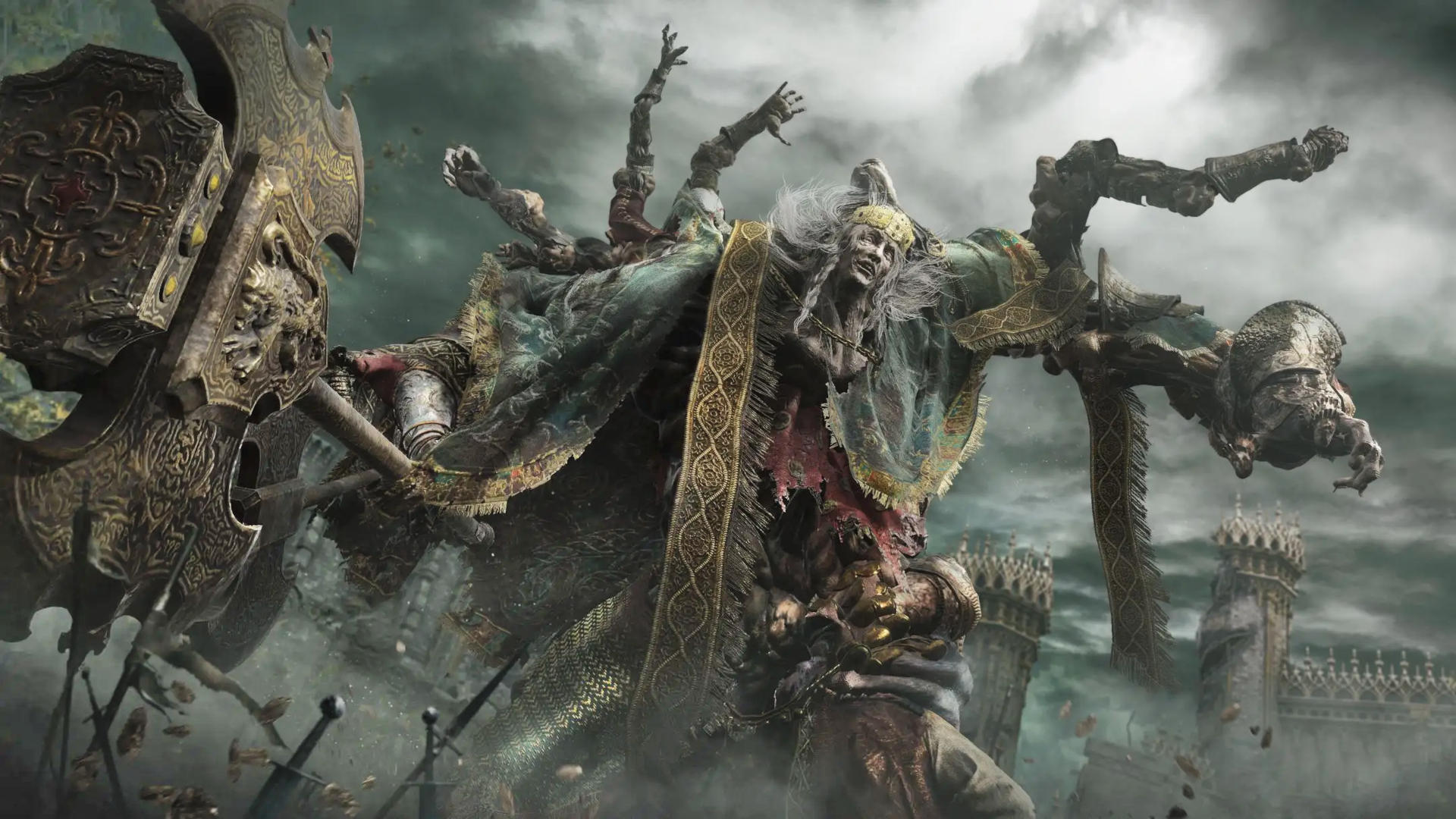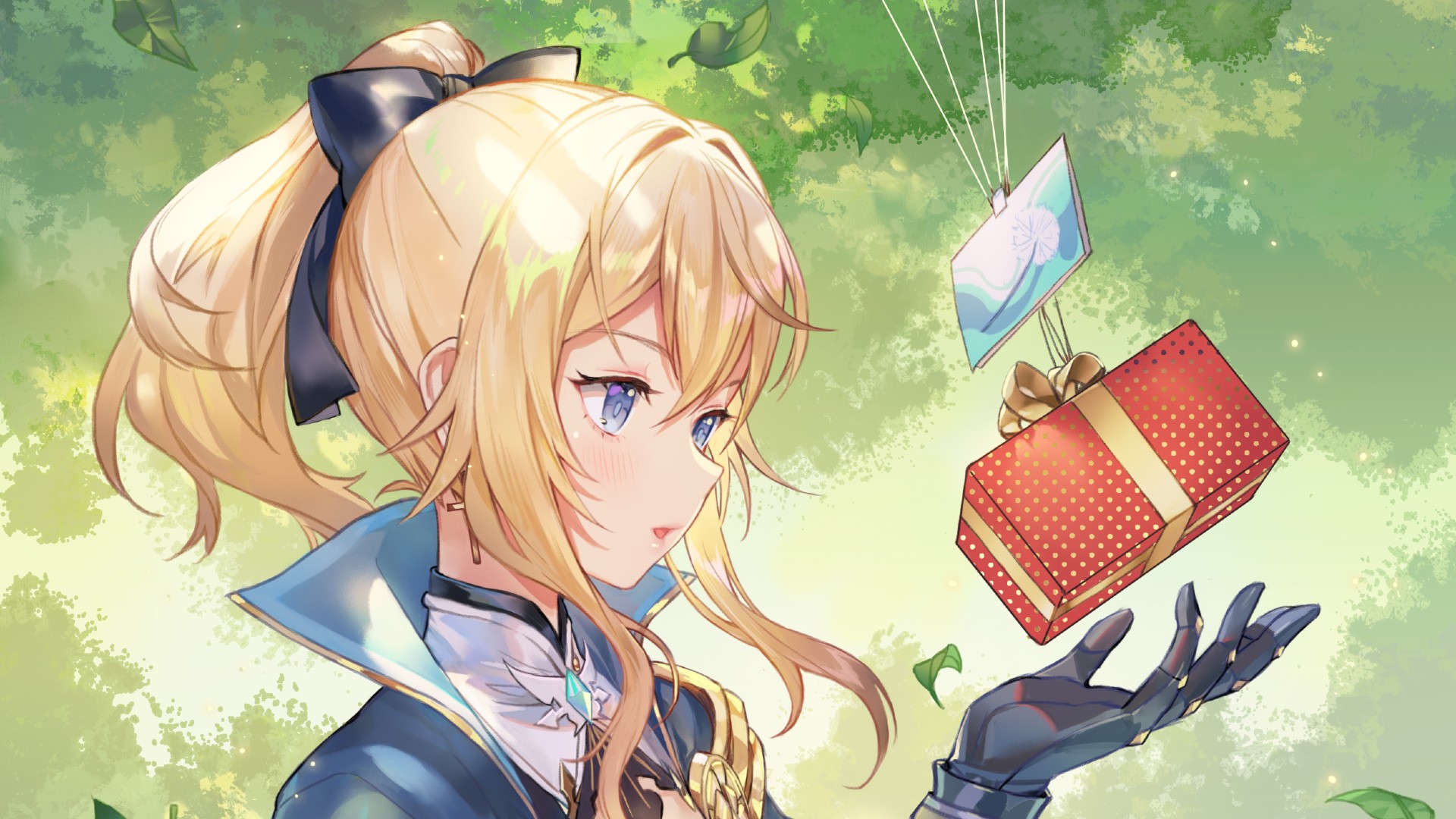We may earn a commission when you buy through links in our articles. Learn more.
Before playing Diablo 4: Vessel of Hatred, my favorite Blizzard game ever made was Diablo 2. Dripping with darkness, and oozing malice, Diablo 2 set the tone for the ARPG genre, inspiring generations of games like Path of Exile and, more recently, indie competitors like Last Epoch. There’s no denying that the Dark Wanderer’s saga of strife changed the course of videogame history, but having played Diablo 2 Resurrected while I waited for Vessel of Hatred to drop, the rose-tinted glasses have come off.
I’m not saying Diablo 2 is a bad game; it’s quite the opposite. It’s the embodiment of late ‘90s / early noughties RPG perfection, and without it we wouldn’t have Diablo 4. With Vessel of Hatred, however, Diablo 4 now has all of the systems we loved in Diablo 2, but they’re upgraded, reimagined, and just better. We’ve finally got the Diablo 2 throwback we wanted, just reimagined with modern-day tech.
In my Diablo 4: Vessel of Hatred review I wax lyrical about the new Runewords system, and the Diablo 3-esque mercenaries (although, for lore continuity, I’d have liked the latter to have been a little more fleshed out). They take 2’s original systems and elevate them, instead of presenting just basic, slightly flashier clones.
As I dive back into the Rogue Encampment as a hardened Amazon in Diablo 2, I immediately miss the ease of having set companions versus paid helpers who either lag behind, don’t attack, or get stuck on terrain. And they cost money. Resurrecting Kyoko, my Rogue archer, costs 135 gold initially, but the price increases as she begins to gain levels. While I got lucky and found some pretty sweet gear at the start of my Resurrected playthrough, consistently dropping cash on mercenaries feels like a chore – especially when the game seems determined to kill them off within 30 minutes of me hiring them.
Of course, Diablo 2’s helpers do improve as you progress – Lut Gholein’s desert spearmen stand out because of their Holy Freeze – but the game’s bugs, quirks, and outdated systems mean that I often find them hanging around the sidelines instead of attacking. It’s genuinely frustrating, especially when you’re coming from Vessel of Hatred, where you feel the impact of your mercs from the jump.
I also prefer Vessel of Hatred’s take on Runewords which, I’ll be honest, I didn’t think I would. I love the idea of hunting down runes for hours on end, feeling the adrenaline rush when the one you need to complete your Runeword finally drops. Resurrected also adds in a slew of new Runewords, some of which I hadn’t used before because they didn’t work with my class and build, which is in itself a refreshing little change.
Having played Vessel of Hatred, however, the new system just works better. There are no limitations, it saves a lot of time, it’s incredibly flexible, and chaining together random runes feels fun – you never quite know if your combination will work or, alternatively, if you’re halfway to breaking the entire game. There’s a sense of mystery; I feel a bit like a mad scientist splicing together various entities and hoping for the best. It’s also infinitely expandable, meaning Blizzard can add new runes whenever it fancies shaking up the action.
The original Runewords system will always have a place in my heart (I even have Enigma on a charm bracelet somewhere), but the level of customization that Vessel of Hatred’s iteration offers makes the original pale by comparison.
None of this is to say that Diablo 2 Resurrected is a bad game. Sure, Diablo 4 plays a lot better, but Resurrected achieves what it was supposed to: a straight remaster of the original game. Its quirks quickly start to get on my nerves, but given my penchant for old games like Vampire: The Masquerade – Bloodlines and Dragon Age: Origins, it’s something I can deal with.
Graphically, Diablo 4 is obviously leagues ahead, too, with Nahantu transforming my favorite Diablo 2 locale into a fully realized, independent region, and the shimmering sands of Diablo 3’s Caldeum into a bloodied battleground that far surpasses the original.
It’ll always be worth playing through Diablo 2’s story again, and it’ll always be a fun experience, but Diablo 4 has refined the best parts of its predecessor, making it the greatest game in the series (so far). It is the perfect Diablo experience, drawing on its ancestors to create something modern and exciting that stays true to its dark, dreary roots.
Diablo was born in the darkness of Diablo 2, and despite the rocky teenage years of Diablo 3, it’s a fully grown, mature beast in Diablo 4. While I’ll always advocate returning to the originals, Diablo 4 and Lilith own my soul; it’s 2024’s Sanctuary I now call home, and I’m excited to see what lies ahead.


